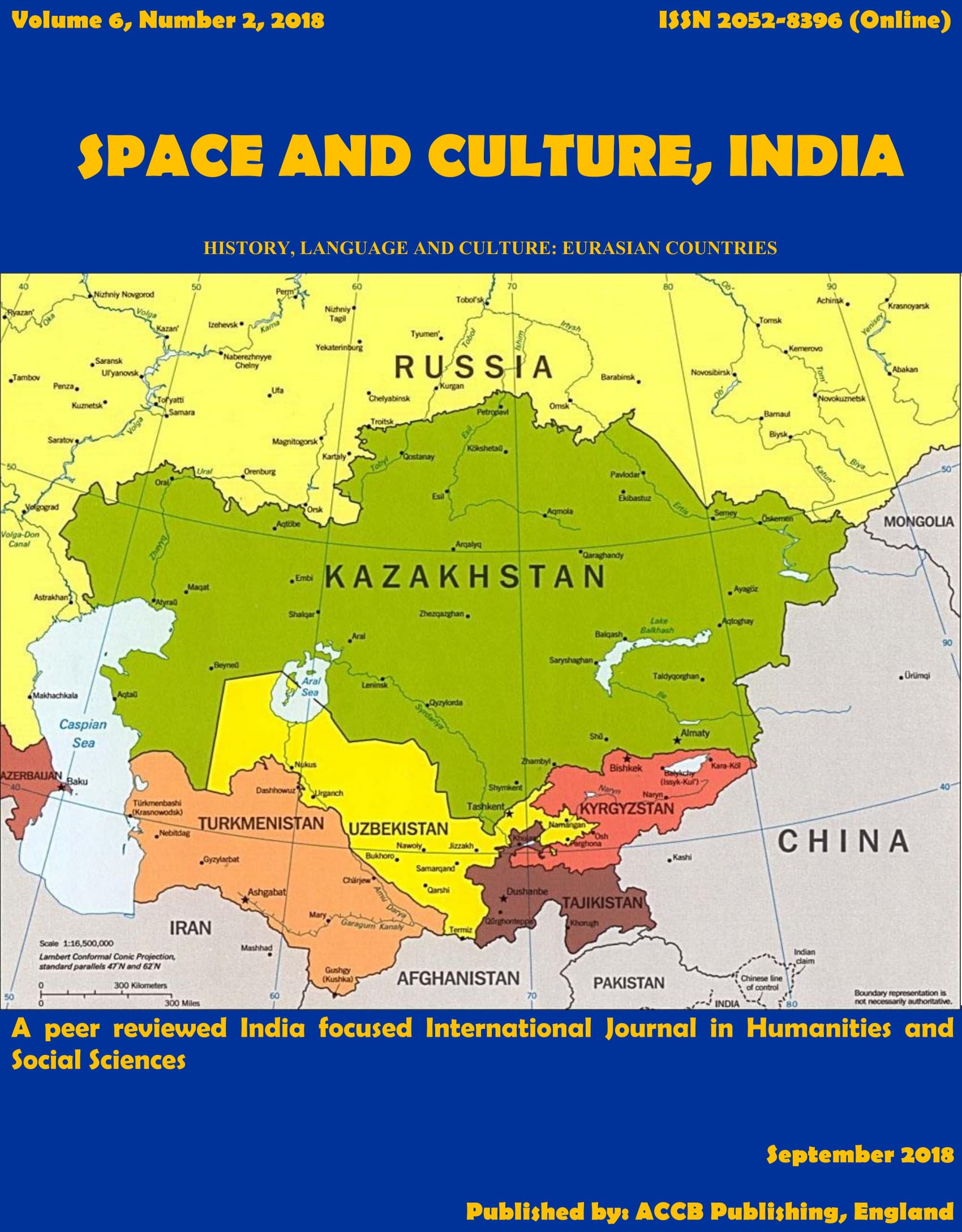Tendencies in Women's Painting in Kazakhstan in the Context of Self-Identification

Abstract
This paper examines the phenomenon of women's pictorial art in Kazakhstan of the XX century. The analysis of the works by many authors (Maria Lizogub, Zeinep Tusipova, Almagul Ikhanova, Anzhelika Akilbekova) allows researchers to describe the specific nature of Kazakh women's painting. Analysing the personality of artists, their creative path, the authors reveal the style of the works and its importance for the development of particular art areas. Female artists overcame the barriers of social inequality declaring themselves as the leading representatives in the art and culture of Kazakhstan. At the same time, making an accent on the woman's substantial spiritual potential, they comprehended her as a keeper of hearth and home and the patriarchal way of life. This duality consists in the identification processes when the representation of female interacted with ethnic and cultural self-determination.
Keywords
Women's Painting, Arts and Crafts, National Traditions, Ethnocultural Identification, Gender Aspects, The Socio-Cultural Situation, Kazakhstan
References
Argynbaev, Kh.A. (1996). Kazakh family. Almaty: Kaynar.
Cixous, H. (1976). The laugh of the Medusa, Signs, 1(4), 875- 893.
Fanailova E. (2009, April 25). Women's art as a project of the future. Speech in the program "Freedom in clubs". Date viewed 24.07.2017. Retrievedfrom www.svoboda.org/a/1615853.html.
Golomshtok, I. (1994). Totalitarian art. Moscow: Galart.
Nochlin, L. (1971). Why have there been no great women artists? Art News, 69(9), 22-39, 67-71.
Pakhsarian, N. (2010). “The Second Sex†by Simone de Beauvoir and the fate of feminism in modern French literature. In N. Pakhsarian, E.V. Sokolova, E.A. Tsurganova, A.A. Revyakina (eds.).Gender issues in modern literature. ISISS RAN. 217.
Penelope, J. (1990). Speaking Freely: Unlearning the lies of the fathers' tongues. Oxford: Pergamon Press, 281.
Sarkisyan, O. (2010). Gender on the Russian art scene. In N. Kamenetskaya (ed.). Zen d’art (ed.). Gender history of art in the post-Soviet space: 1989-2009. MMOMA, 77-85.
Savkina, I. (1997). Who and how writes women's literature. New Literary Observer, 24, 359-372.
Scott, J. W. (1986). Gender: A Useful Category of Historical Analysis. The American Historical Review, 91(5), 1053-1075.
Voronina, O. (2001). Theoretical and methodological grounds for gender research. In Theory and methodology of gender research. A course of lectures. Moscow center for gender studies. 13-106.
Wilson, E. (1982). Minor Writing an Autobiography. London: Virago Press Ltd.